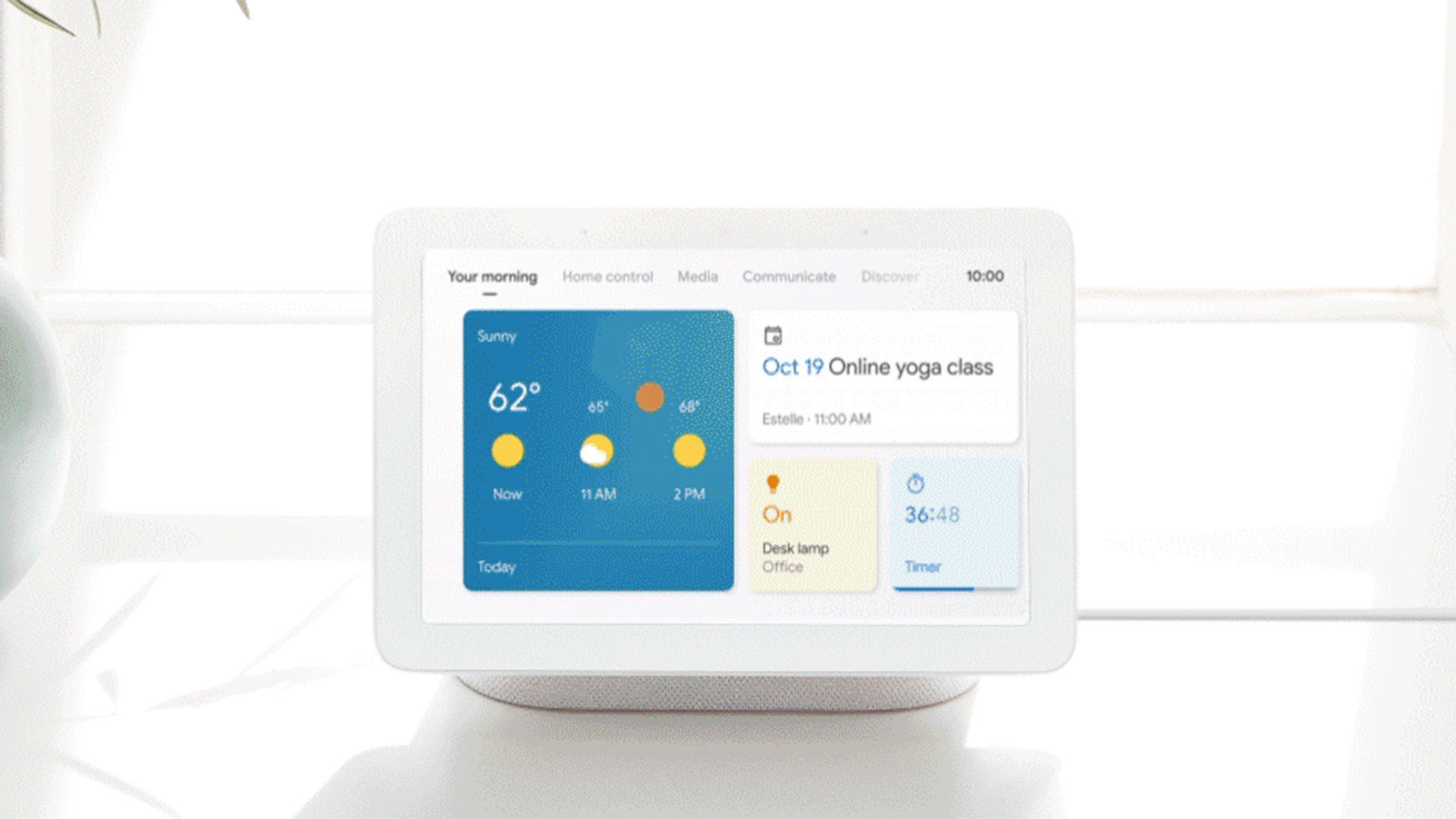Affiliate links on Android Authority may earn us a commission. Learn more.
The Pixel Tablet could be the future of smart home displays
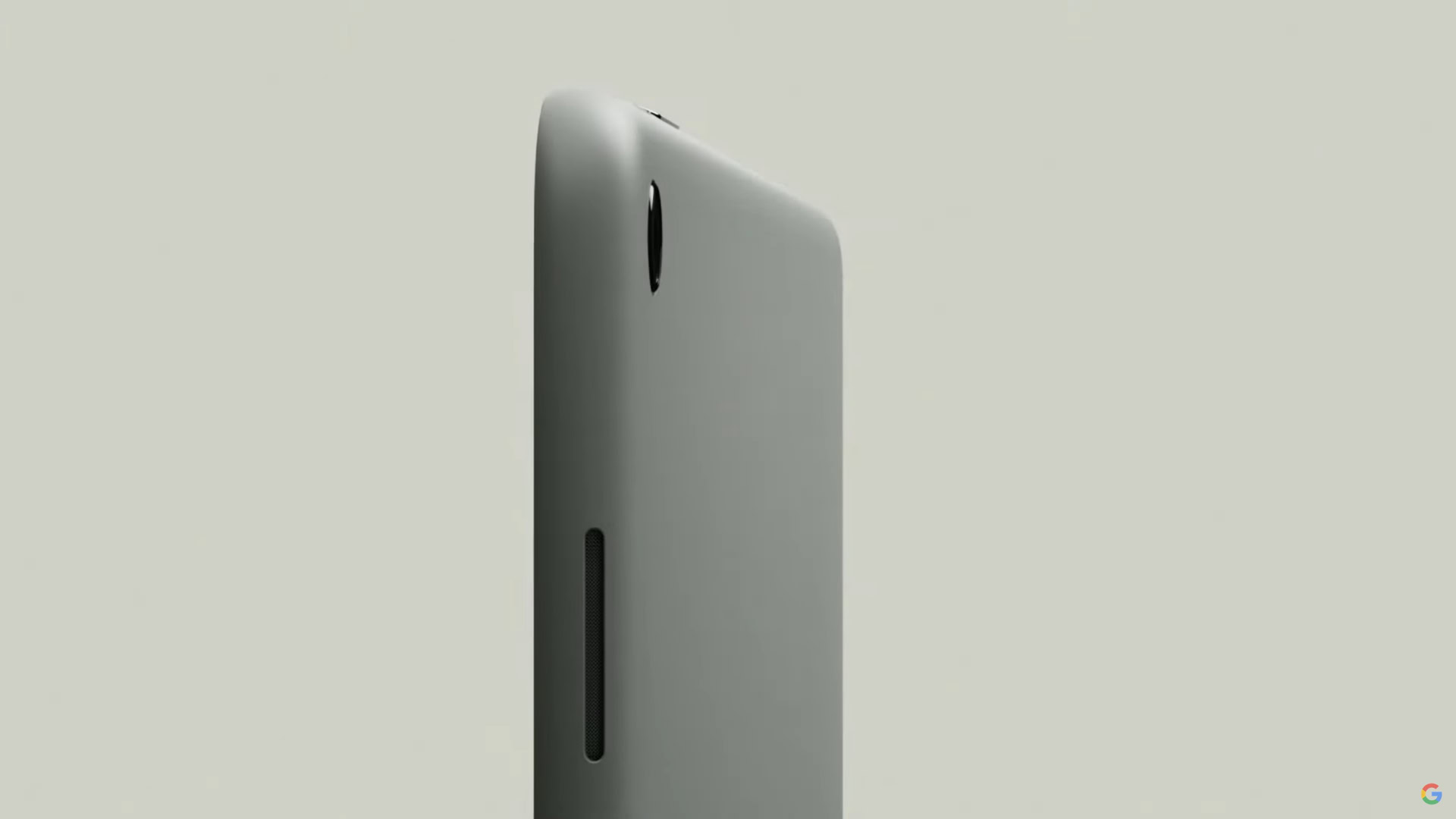
When the Pixel Tablet was first revealed, at Google I/O 2022 earlier in May, the understandable focus of most people was on how Google was planning to evolve Android’s lackluster tablet segment. While devices like the Samsung Galaxy Tab S8 have their fans, Android as a whole hasn’t had enough tablet-optimized apps, and aspects like multitasking have been in dire need of attention. Google’s announcements were promising.
Those of us tracking the smart home world noticed some other unique things about the Pixel Tablet, ones which could tie into rumors about Google’s smart display plans. If that thinking proves correct, the Pixel Tablet could signal the future of the smart display industry.
Evidence on the Pixel Tablet
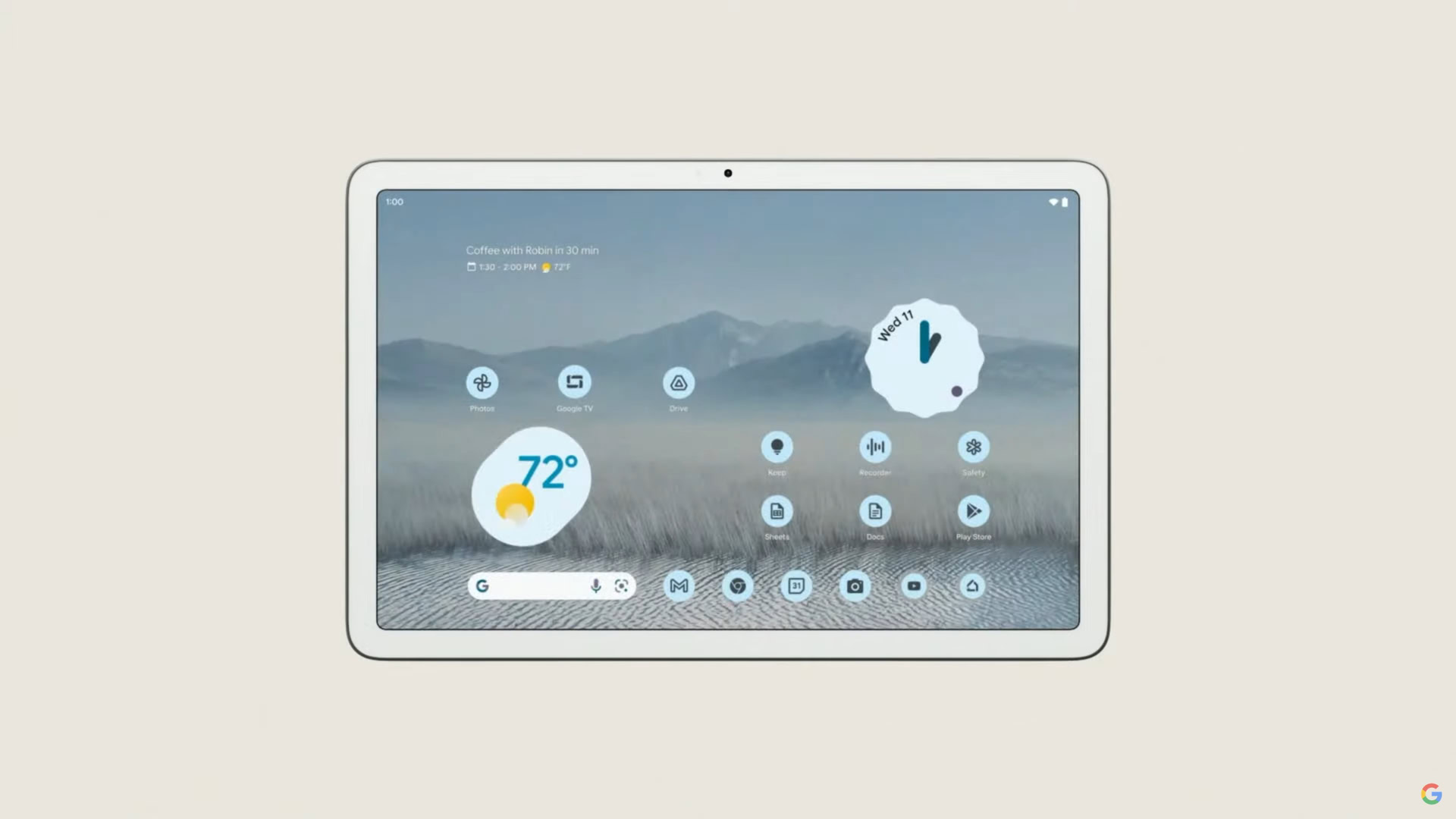
In the few images Google has shared so far, the Pixel Tablet looks mostly nondescript. There’s a single camera on the back, and its overall design resembles a hundred other Android tablets, not to mention Apple’s budget iPad model.
The front of the product, however, closely resembles another Google device: the Nest Hub Max, its top-end smart display. This could just be chalked up to minimalist displays, rounded corners, and landscape-oriented front cameras making sense in both the tablet and smart display arenas. But the company seems to have consciously chosen a white bezel, which isn’t so popular on tablets and makes more sense in continuing the Nest Hub aesthetic.
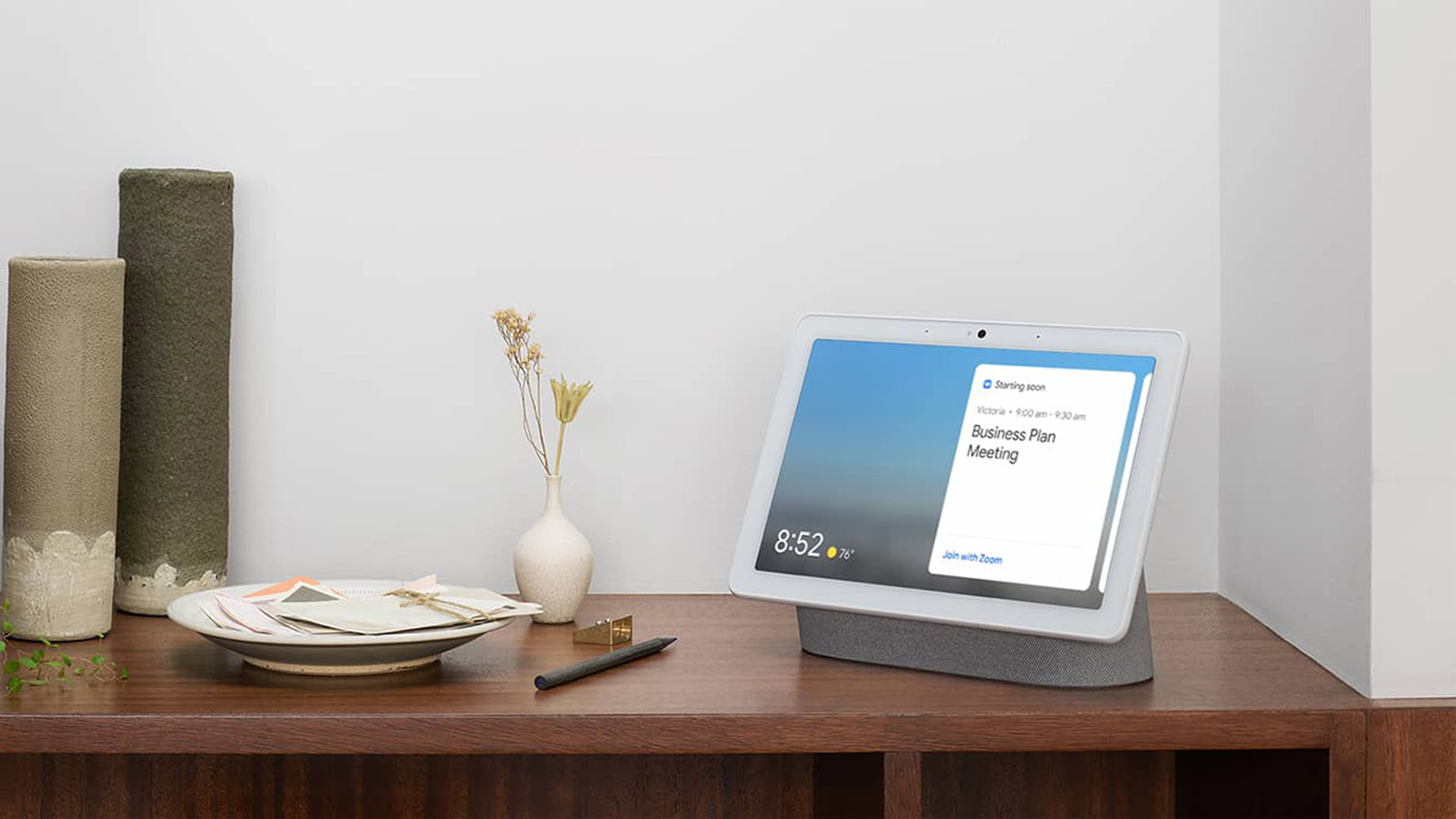
The thing that’s truly unusual about the Pixel Tablet is a series of four dots on the back, which look a whole lot like the magnetic Smart Connector on some iPad models. Apple’s technology allows people to attach accessories without taking up Bluetooth or USB connections, or even using separate charging.
So far the iPad’s Smart Connector has mostly been used for keyboard cases, and if that’s all the Pixel Tablet uses its connector for, it’ll still be welcome. But given rumors about smart display plans, there’s a chance Google has higher ambitions.
The smart display rumors
In March this year, 9to5Google reported that Google is working on a Nest Hub with a “dockable tablet form factor” in which the screen “detaches from a base/speaker.” That would solve the biggest problem with smart displays, which is obviously the limited use of plugged-in screens. They can be great as bedside, office, or kitchen companions, but beyond several feet away, they’re reduced to being smart speakers.
Said report claimed that Google is aiming to launch its product later in 2022. On the surface, that would seem to doom any link with the Pixel Tablet — which is only due to ship sometime in 2023 — but release windows frequently change, and there’s a hypothetical possibility we’ll see a scaled-down version of the Pixel Tablet design for a Nest Hub.
Related: The best smart speakers
Something similar has already been tried multiple times by Lenovo, one example being the Smart Tab M10 HD. That product invoked Google Assistant’s Ambient Mode when docked, however, instead of a true smart display interface, which is what people likely want from a Google-made device in terms of usability.
Google could be bridging the gap between tablets and smart displays by baking its Nest Hub UI into future versions of Android, or vice versa.
Mind you, the company seems to be taking existing Nest Hubs in a more tablet-like direction. In the last several months, Google has updated its UI with an app bar opened by swiping from the bottom of the screen, as well as a more fully-featured web browser, including a Gboard-style onscreen keyboard.
This is yet more speculation, but it could be that Google is hoping to bridge the gap by baking its Nest Hub interface into future versions of Android, or vice versa. Something like the Pixel Tablet might default to a Nest Hub mode when docked, but flip to standard Android when picked up.
Why tablet + display hybrids may be the future
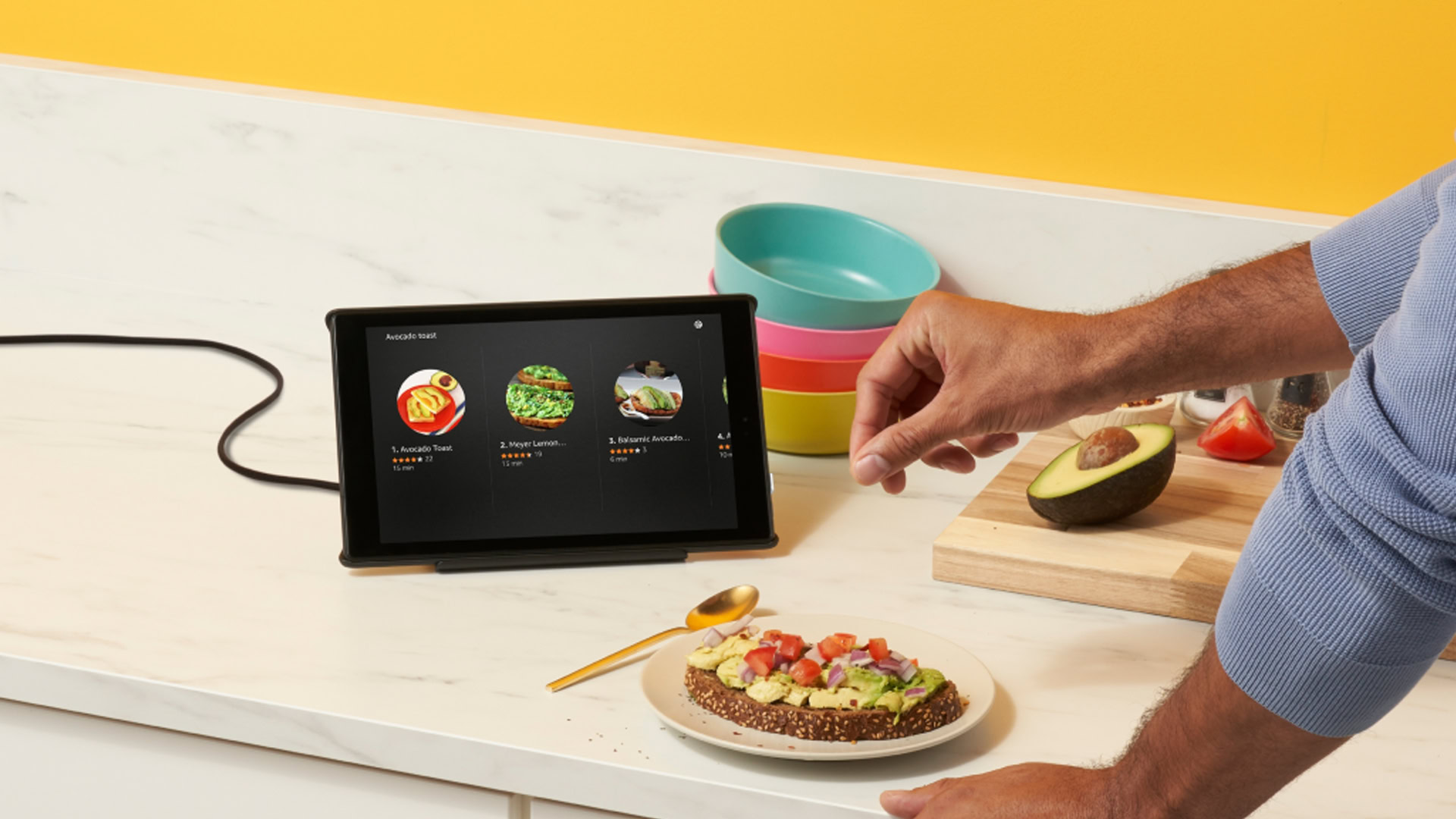
Above all, it’s hard to deny the practical appeal. Although by itself a (quality) hybrid product isn’t going to be cheap, it does kill two birds with one stone, delivering both a smart display and something you can use for handheld entertainment and productivity. If the Pixel Tablet becomes as “premium” as Google is suggesting, it might actually kill three birds, serving as a genuine laptop replacement.
Leaving the poor birds alone for a moment, Google may be under pressure to beat Amazon to the punch. Amazon is its chief rival in smart displays by way of the Echo Show lineup, and has long offered a “Show Mode” on Fire tablets, including Alexa voice controls and a matching visual interface. And it once offered a speakerless Show Mode Charging Dock. It may only be a matter of time before Amazon puts two and two together, whereas Google is already struggling to make a dent in Amazon’s share of the smart home market.
It may be only a matter of time before Amazon puts its Echo Show and Fire tablet lines together.
More ambiguously, Apple is also rumored to be getting into the smart display game. It’s believed to be going in a different direction — perhaps with a TV-connected product similar to Meta’s Portal TV — but just the threat of facing off against Apple and Amazon simultaneously could light a fire under Google executives’ feet. Thankfully for them, there’s no sign yet that Apple is considering a speaker dock or smart display mode for iPads.
Would a smart display dock option (adding a speaker and power) make the Pixel Tablet more appealing to you?
Will hybrids take over the smart display market?
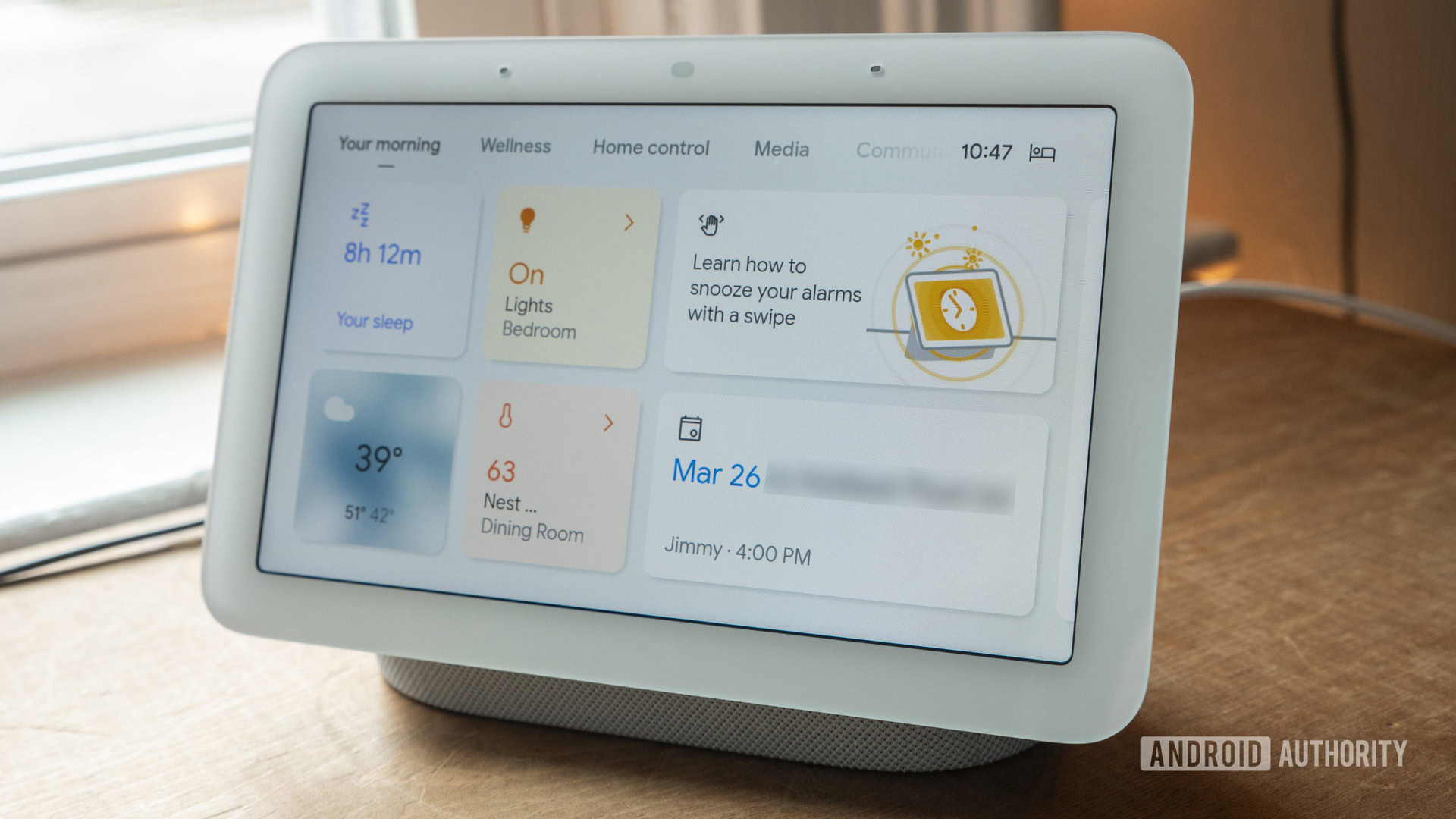
Not completely, I’d expect, and while they might be the future, they could easily end up as a niche option. Static displays will probably remain cheaper on a spec-for-spec basis, so they’re bound to attract shoppers who don’t have a high budget and can get away with something stationary. A second-generation Nest Hub is just $100, and the one I have has a permanent place on my nightstand for sleep tracking, smart home control, and bedtime videos. It would only complicate things if I had to worry about my four-year-old running around with it.
Where I see hybrids grabbing share is in the high-end market, represented by devices like the Nest Hub Max and the Echo Show 10. Those products are over $200 apiece — which is far cheaper than the Pixel Tablet will probably be, but that’s a threshold where you begin to question whether a static smart display is the best use of your money. A $300, $400, or even $500 hybrid doesn’t sound so bad if you can justify it as a standalone tablet purchase first.
Where I see hybrids grabbing share is in the high-end market.
The Pixel Tablet could cost more even without a speaker/charging dock. But adding the option — I don’t expect one to be bundled — would enhance the appeal of Google’s ecosystem. In theory, you could buy multiple docks, and simply carry your tablet wherever you want to set up shop instead of buying two or three displays. I suppose we’ll see what Google actually has in store in the next several months.
Continue: The best smart home devices you can buy
